Understanding Non-magnetic Materials
Materials that do not respond to the pull of a magnet are known as non-magnetic materials. Their lack of magnetic attraction sets them apart from their magnetic counterparts, which are influenced by magnetism and respond to magnetic fields. Non-magnetic materials are indispensable in scenarios where magnetic interference is undesirable, playing a pivotal role in sectors that demand high precision and stringent quality control, such as manufacturing.
In fields as diverse as healthcare and electronics, non-magnetic materials are crucial. Medical devices, including MRI scanners, rely on these materials to safeguard patient safety during magnetic resonance procedures. In the realm of industry, non-magnetic materials are integral to the operation of machinery within magnetic environments, ensuring that no distortions compromise the performance of delicate instruments.
The atomic structure of non-magnetic materials underpins their unique properties. In contrast to magnetic substances that contain iron, nickel, or cobalt, non-magnetic materials—such as plastics, ceramics, and certain glasses—do not possess the crystalline atomic arrangement necessary for magnetism. This characteristic enables them to withstand magnetic fields, making them invaluable in contexts where magnetic disruption could jeopardize operational integrity or data accuracy.
Varieties of Non-Magnetic Materials
A plethora of non-magnetic materials exists, catering to a wide array of industrial applications that require the absence of ferrous metals. This variety ensures that for nearly any conceivable application, a non-magnetic solution is available.
-
Aluminum and Aluminum Alloys: Favored for their superior strength-to-weight ratio and resistance to corrosion, these materials are employed in sectors such as aerospace, automotive, and electronics, where non-magnetic components are essential.
-
Plastics: Plastics like PTFE (Teflon) and PEEK (polyether ether ketone) are chosen for their robustness and non-magnetic properties, making them suitable for use in medical apparatus and electronic devices.
-
Ceramics: Ceramics, including alumina and zirconia, may be less commonly found in non-magnetic forms but are utilized in high-stakes applications where non-magnetic qualities are a prerequisite. Their applications span advanced manufacturing and medical prosthetics.
-
Rubber: Employed in the insulation of electrical wiring and as components in seals and gaskets, non-magnetic elastomers are vital for maintaining safety in MRI settings.
-
Insulating Materials: Non-metallic composites and glass fiber are selected for their insulating capabilities in electrical contexts and are also prevalent in the construction sector.
Selecting Non-magnetic Materials
Choosing the right non-magnetic materials for commercial use demands careful consideration of the specific application's needs. Factors to weigh include:
-
Material Purity: The level of purity required may be crucial, depending on the application. High purity materials are recommended when dealing with extreme conditions or when biocompatibility is necessary.
-
Alloy Composition: The composition of an alloy can greatly influence attributes such as strength and corrosion resistance. It is important for businesses to assess the necessary properties and select an alloy accordingly.
-
Physical Form: Compatibility with the manufacturing process or the assembly method of the final product is dependent on the material's physical form, be it sheet, bar, tube, or wire, thus ensuring production efficiency.
-
Industry Standards: Adhering to industry standards is imperative. For applications that require food-grade materials, for example, it is essential to choose products that conform to the relevant standards.
Non-magnetic Materials on Alibaba.com
Alibaba.com excels as a global marketplace that links businesses with an extensive array of non-magnetic materials suitable for a multitude of industrial applications. With a track record of over twenty years in facilitating B2B transactions in 190 countries, Alibaba.com has become a vital resource for firms in search of specialized materials, from non-ferrous alloys to EMI shielding substances.
The platform's user-friendly interface enables direct communication between businesses and suppliers, allowing for the negotiation of terms tailored to specific needs. Alibaba.com's Trade Assurance service bolsters buyer confidence by protecting payments until the completion of orders is verified. This dedication to secure and satisfactory trading experiences is a testament to why Alibaba.com is regarded as a comprehensive solution for sourcing non-magnetic materials with efficiency.
Alibaba.com's extensive reach ensures that businesses, whether operating locally or internationally, can discover suppliers that offer a broad spectrum of products designed to meet unique requirements. The platform's commitment to aiding small and medium-sized enterprises in their success through a full range of online trade services solidifies its position as the preferred source for materials such as non-magnetic stainless steel and specialty alloys.
Frequently Asked Questions About Non-magnetic Materials
Which materials are classified as non-magnetic?
Non-magnetic materials encompass those that neither attract nor repel magnetic fields, including certain stainless steels, aluminum alloys, plastics, and ceramics, and are typically utilized in environments where magnetic fields are unwelcome.
How can one ascertain if a material is non-magnetic?
To determine a material's non-magnetic nature, a magnet test can be conducted. Non-magnetic materials will not adhere to a magnet and may exhibit slight repulsion, depending on the material type.
Are non-magnetic materials applicable in all industrial contexts?
Non-magnetic materials are apt for a multitude of industrial uses, such as in medical devices, computer components, and manufacturing processes where magnetic fields could disrupt sensitive equipment.
What attributes of non-magnetic materials render them beneficial?
Characteristics of non-magnetic materials, including high electrical resistivity, low thermal conductivity, and a non-sparking quality, render them advantageous in scenarios where magnetism is to be avoided.
Do any non-magnetic materials also offer corrosion resistance?
Certain non-magnetic stainless steel grades and aluminum alloys not only resist magnetism but also boast corrosion-resistant properties, making them ideal for use in medical and electronic devices.
How does temperature impact non-magnetic materials?
Temperature can alter the magnetic characteristics of non-magnetic materials. The Curie temperature marks the point at which a material's magnetic properties are lost, and beyond this threshold, non-magnetic materials may become less effective.
What is the significance of Curie temperature in relation to non-magnetic materials?
The Curie temperature signifies the transition of a material from ferromagnetic to paramagnetic, at which point it loses its magnetic properties. Above this temperature, the material is considered non-magnetic.
Is it possible to tailor non-magnetic materials for specific uses?
Indeed, non-magnetic materials can be customized in dimensions, form, and additional characteristics like corrosion resistance to suit particular application demands.
What does the term 'non-magnetic' imply in the context of these materials?
In the realm of non-magnetic materials, 'non-magnetic' denotes materials that do not retain magnetism once an external magnetic field is removed, a property essential in sensitive electronic and medical equipment applications.
What are some prevalent industrial applications for non-magnetic materials?
Non-magnetic materials are frequently employed in environments where magnetism could interfere with delicate electronic instruments or processes, such as MRI machines and specific manufacturing apparatus.
How is the thickness of non-magnetic materials gauged?
The thickness of non-magnetic materials is generally measured in millimeters or inches, tailored to the application's specific needs. Selecting a material with the appropriate thickness is crucial for the intended use.









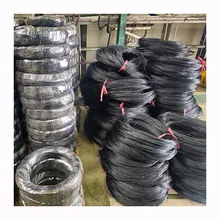
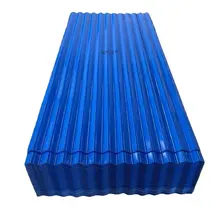
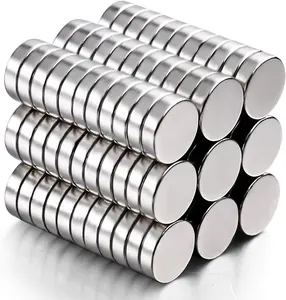



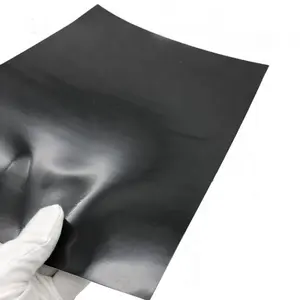

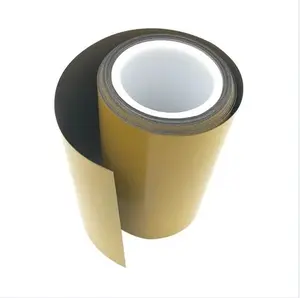















 浙公网安备 33010002000092号
浙公网安备 33010002000092号 浙B2-20120091-4
浙B2-20120091-4